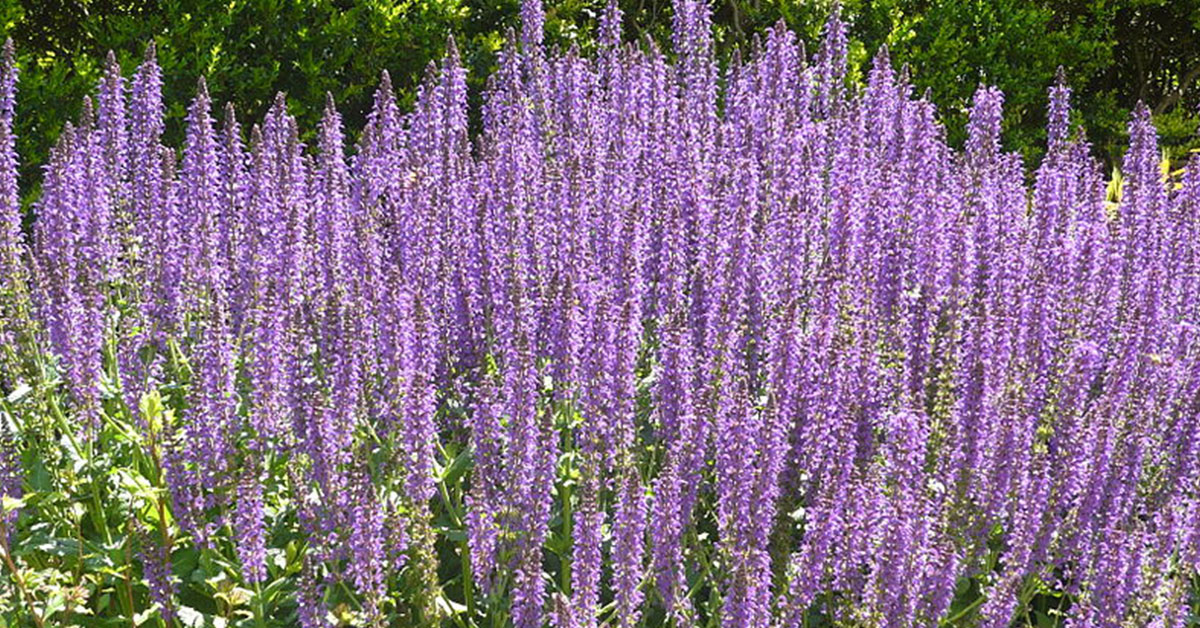Zucchini is one of those garden staples that every gardener loves to grow. Its fast growth and prolific production make it a favorite, especially when you’re aiming for big harvests by July. There’s nothing quite like picking a fresh, homegrown zucchini and knowing your hard work has paid off! But how do you ensure you’re getting the most out of your zucchini plants?
I’ve spent years experimenting with different techniques to maximize my zucchini yields, and I’m excited to share what I’ve learned. From soil preparation to pest management, these tips will help you achieve bountiful zucchini harvests this summer. Let’s dive into the best strategies to ensure your zucchini plants thrive and produce abundantly!
Choose The Right Variety
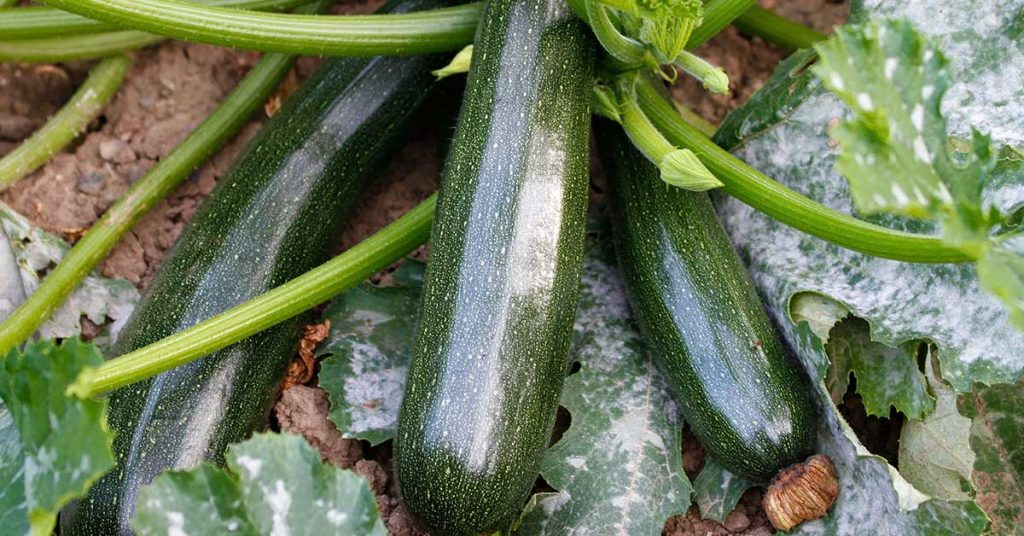
Selecting the right zucchini variety is crucial for a successful harvest. Some varieties are bred specifically for high yields and resistance to common diseases, making them ideal for maximizing your summer harvest. Varieties like ‘Black Beauty’, ‘Raven’, and ‘Gold Rush’ are known for their prolific production and excellent growth habits.
When choosing your seeds, consider what qualities are most important to you, such as disease resistance, growth rate, and fruit size. Starting with high-quality seeds from a reputable source can make a significant difference in your overall harvest. Research and experiment with a few different varieties to find which ones perform best in your specific garden conditions.
Prepare The Soil Properly
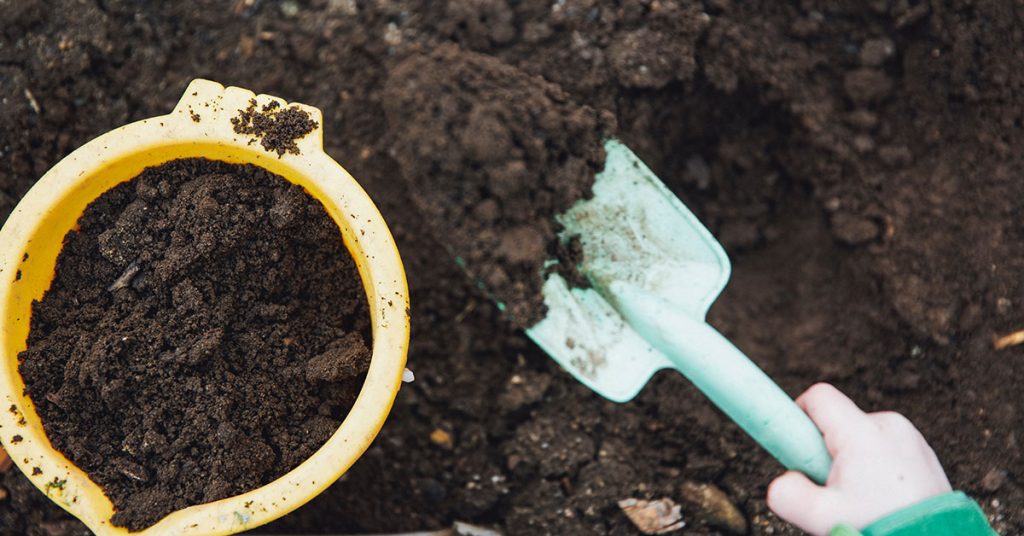
Healthy soil is the foundation of a productive garden. Zucchini plants thrive in well-drained, nutrient-rich soil with a pH between 6.0 and 7.5. Before planting, work compost or well-rotted manure into your garden bed to improve soil fertility and structure. This organic matter not only provides essential nutrients but also enhances soil aeration and water retention.
Conducting a soil test can help you determine if any additional amendments are needed. Based on the test results, you can add lime to raise pH or sulfur to lower it, as well as specific fertilizers to correct nutrient deficiencies. Taking the time to prepare your soil properly will set the stage for vigorous plant growth and bountiful zucchini harvests.
Plant At The Right Time
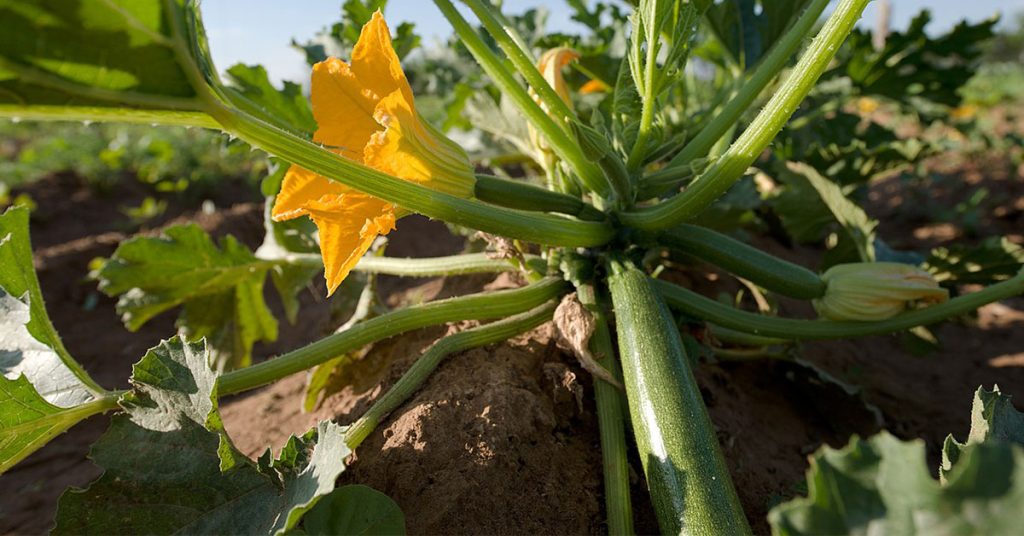
Timing is everything when it comes to planting zucchini. Zucchini plants are sensitive to cold and should be planted after the danger of frost has passed and the soil has warmed up. In most regions, this means planting in late spring. For a head start, you can start seeds indoors a few weeks before the last frost date and transplant seedlings into the garden when the weather is consistently warm.
Planting zucchini in succession every few weeks can also ensure a continuous harvest throughout the summer. This staggered planting schedule can prevent gaps in production and keep your zucchini supply steady. Keep an eye on the weather and be ready to cover plants if an unexpected cold snap occurs.
Provide Adequate Spacing
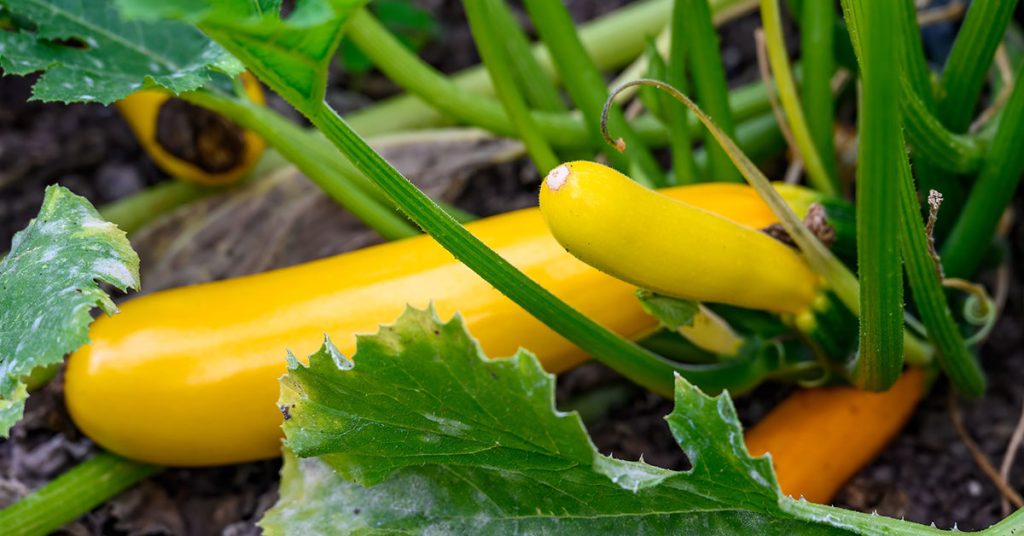
Proper spacing is essential for healthy zucchini plants. Crowded plants compete for light, water, and nutrients, leading to reduced growth and increased susceptibility to diseases. Space your zucchini plants at least 3 to 4 feet apart to allow for ample airflow and room for the plants to spread. This spacing helps prevent fungal diseases and allows easier access for harvesting.
When planting in rows, ensure there’s enough space between rows to walk and tend to your plants without damaging them. If space is limited, consider growing zucchini vertically using trellises. Vertical growing can save space, improve air circulation, and make harvesting easier, leading to healthier plants and larger yields.
Water Consistently
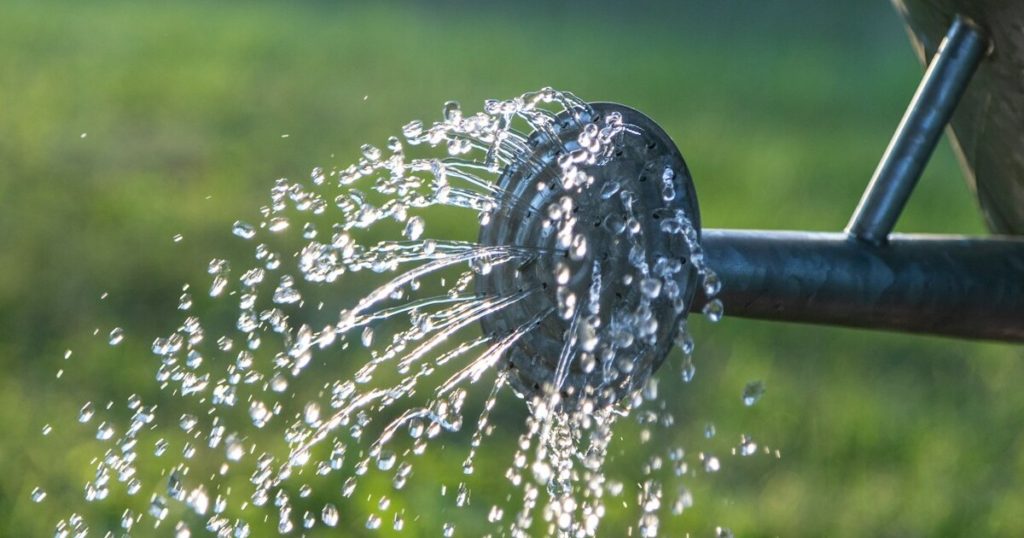
Consistent watering is key to healthy zucchini plants. Zucchini needs about 1 to 2 inches of water per week, either from rainfall or irrigation. Watering deeply and regularly helps promote strong root development and steady growth. Avoid overhead watering, which can encourage the spread of fungal diseases; instead, use soaker hoses or drip irrigation to deliver water directly to the root zone.
Mulching around your zucchini plants can help retain soil moisture and reduce the frequency of watering. Organic mulches like straw, wood chips, or compost can also suppress weeds and improve soil health. Monitor your soil moisture levels, especially during hot, dry periods, to ensure your plants are getting the water they need.
Fertilize Appropriately
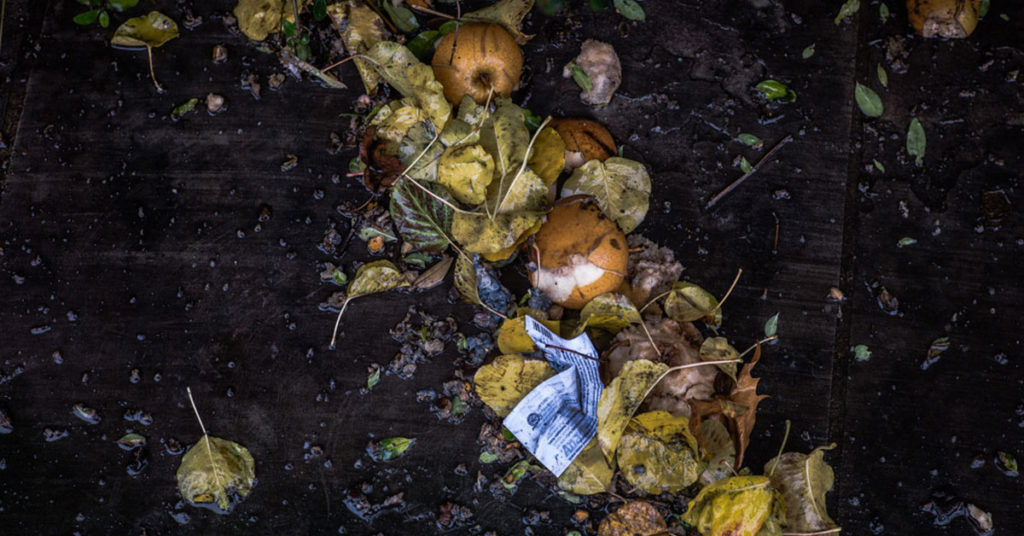
Zucchini plants are heavy feeders and benefit from regular fertilization. Start by incorporating a balanced fertilizer or compost into the soil at planting time. Once the plants are established and begin to flower, switch to a high-phosphorus fertilizer to promote fruit development. Fertilizing every 3 to 4 weeks can help maintain nutrient levels and support continuous growth and production.
Be careful not to over-fertilize, as this can lead to excessive foliage growth at the expense of fruit production. Always follow the recommended application rates on the fertilizer package and adjust based on your soil test results. Healthy, well-fed plants are more productive and better able to resist pests and diseases.
Control Pests and Diseases
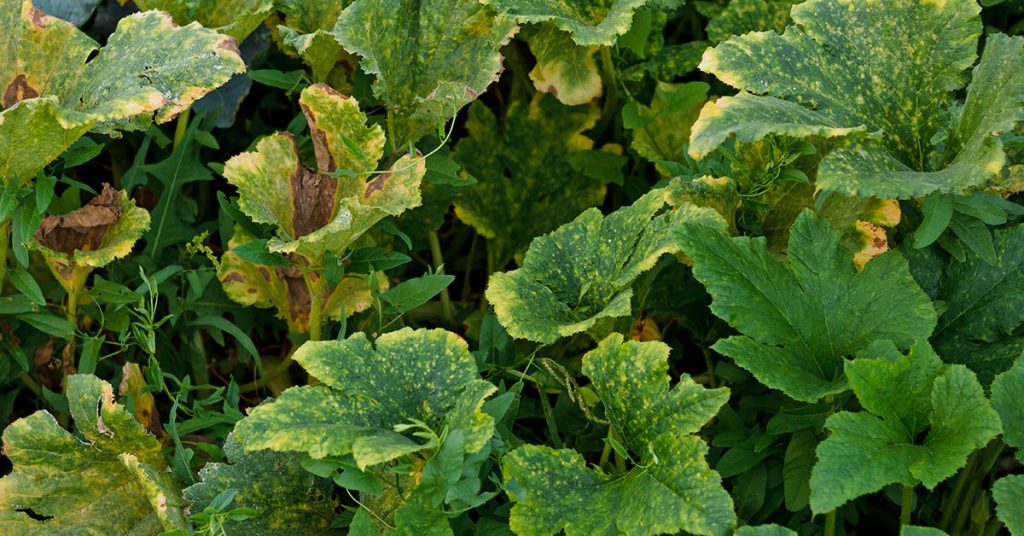
Pest and disease management is crucial for a successful zucchini harvest. Common pests like squash bugs, cucumber beetles, and aphids can damage plants and reduce yields. Regularly inspect your plants for signs of pests and take action early to prevent infestations. Handpicking pests, using row covers, and introducing beneficial insects can help keep pest populations in check.
Diseases like powdery mildew and downy mildew can also affect zucchini plants. Ensure good air circulation by spacing plants appropriately and avoid overhead watering. Applying fungicides or using resistant varieties can help manage fungal diseases. Keeping your garden clean and removing plant debris can also reduce the risk of disease.
Harvest Regularly
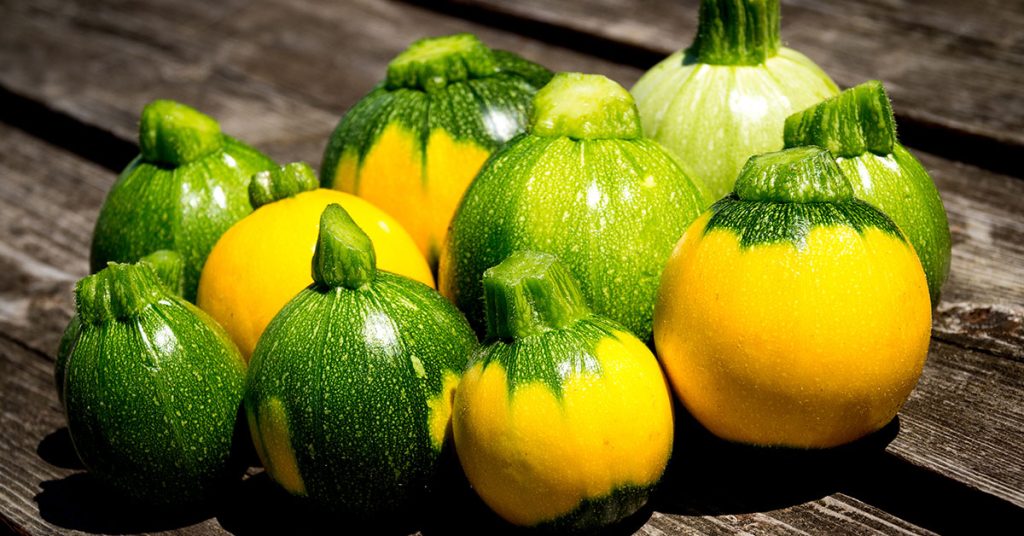
Regular harvesting encourages continuous production and prevents oversized, tough zucchini from developing. Zucchini can grow rapidly, so check your plants every few days during the peak growing season. Harvest fruits when they are about 6 to 8 inches long for the best flavor and texture. Use a sharp knife or pruning shears to cut the fruit from the plant, leaving a small portion of the stem attached.
Harvesting regularly not only improves the quality of your zucchini but also signals the plant to produce more fruit. Overripe or neglected zucchini can inhibit further flowering and fruiting, so stay on top of your harvests to keep the plants productive. Enjoy the abundance by sharing with friends, preserving, or incorporating zucchini into a variety of delicious recipes.
Use Companion Planting
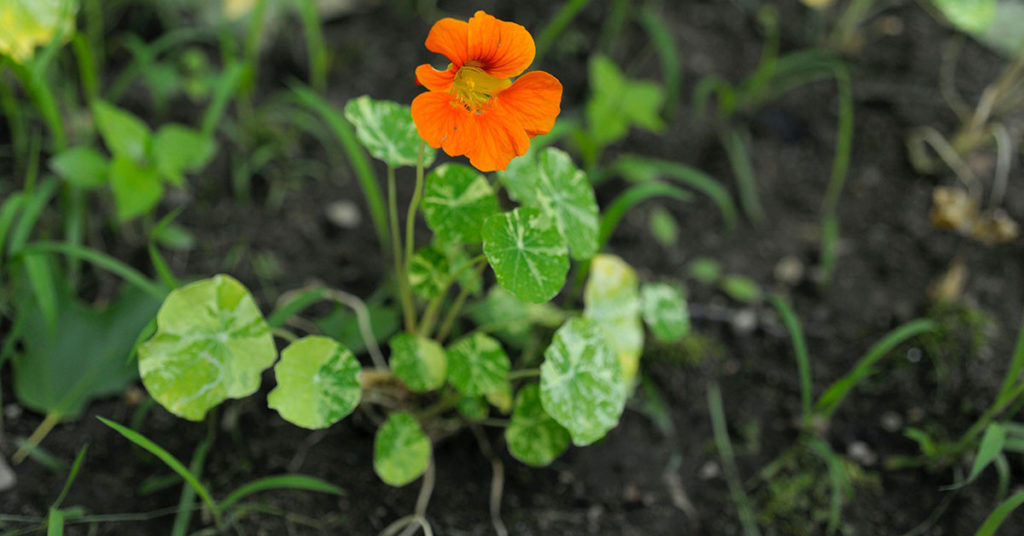
Companion planting can enhance the growth and productivity of your zucchini plants. Certain plants, such as marigolds, nasturtiums, and herbs like basil and oregano, can deter pests and improve pollination when planted near zucchini. These companion plants can attract beneficial insects that prey on pests or help with pollination, leading to better fruit set and larger yields.
Companion planting can also improve the overall health of your garden by promoting biodiversity and reducing the need for chemical interventions. Experiment with different companion plants to see what works best in your garden. This natural approach to pest control and plant health can lead to healthier, more productive zucchini plants.
Ensure Proper Pollination
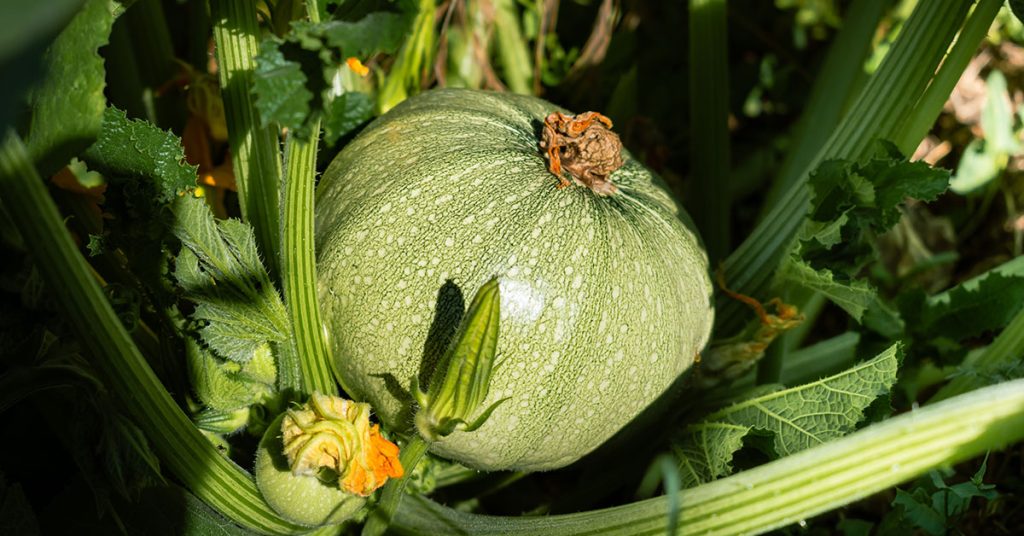
Proper pollination is essential for zucchini plants to produce fruit. Zucchini plants have separate male and female flowers, and pollen must be transferred from the male to the female flowers for fruit to develop. Encourage pollinators like bees and butterflies by planting flowers and herbs that attract them. Avoid using pesticides that can harm pollinators and try to create a welcoming habitat for them in your garden.
If you notice poor pollination, you can hand-pollinate your zucchini flowers. Use a small paintbrush or cotton swab to transfer pollen from the male flowers to the female flowers. This simple technique can significantly increase your yield if natural pollination is insufficient. Happy pollinators mean a happy, productive garden!










